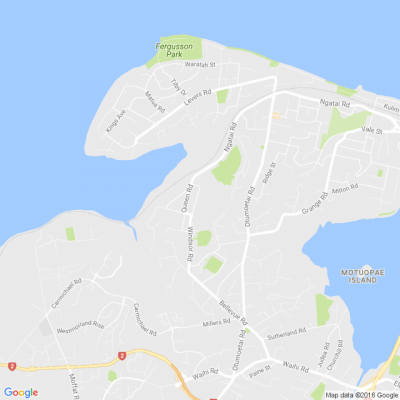
Know what’s happening
Access the private noticeboard for verified neighbours near you. Keep informed about any suspicious activity, send urgent updates to your neighbours when required and discuss emergency planning.
Get to know your neighbours
Browse the directory and start getting to know your neighbours. Don’t want to post to the whole neighbourhood? Send a private message.
Buy, sell and give away
Want to declutter your garage? Buy some used household items? Give away some garden stuff? Become a verified neighbour to browse and post items for sale. Trading is simple when everyone lives nearby.

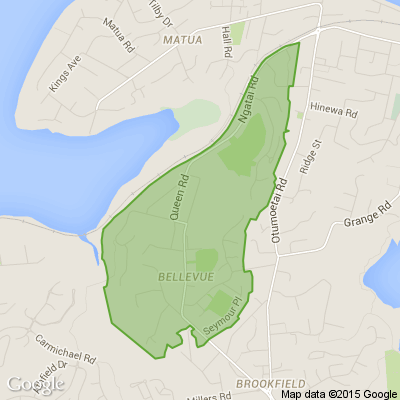
Nearby
Greerton - Parkvale, Pyes Pa, Tauriko, Mount Maunganui, Te Puna, Bethlehem, Brookfield, Gate Pa, Judea, Tauranga City, Matua, OtumoetaiIntroduce yourself, neighbour!
Head to our Know Thy Neighbour page.

Thank you for using Neighbourly
You may receive an email confirmation for any offer you selected. The associated companies will contact you directly to activate your requests.
Kelly Dennett Reporter from Sunday Star Times
People are diagnosed with cancer everyday in New Zealand, but what about during the coronavirus lockdown? We're keen to talk to someone whose diagnostic appointments were put on hold during alert level 4, and how this has affected you. If you are willing to share your story, and be identified,… View morePeople are diagnosed with cancer everyday in New Zealand, but what about during the coronavirus lockdown? We're keen to talk to someone whose diagnostic appointments were put on hold during alert level 4, and how this has affected you. If you are willing to share your story, and be identified, please email kelly.dennett@stuff.co.nz.
Julie from Te Puna
Im looking to buy some bales of hay. Good quality for a horse, any amount of bales considered.
Elly from Te Puna
Hi nature lovers!
Our weeding bees in I'Anson Reserve in Te Puna will recommence on Thursday 18 June, and from then every third Thursday of the month. We meet 9.30 am at the reserve entrance on Loop Road, just off SH2, very close to the Te Puna roundabout. Finish 11.30am.
Please donate … View moreHi nature lovers!
Our weeding bees in I'Anson Reserve in Te Puna will recommence on Thursday 18 June, and from then every third Thursday of the month. We meet 9.30 am at the reserve entrance on Loop Road, just off SH2, very close to the Te Puna roundabout. Finish 11.30am.
Please donate 2 hours of your time to help maintain this beautiful reserve! We recommend to wear sturdy shoes and bring a water bottle; we will supply everything else. If you are planning to come along, please email or phone Kate (in case of unforeseen postponement).
The Friends of I'Anson Reserve (supported by QEII and Tauranga Forest & Bird) had held a very successful weeding bee just before lockdown. These volunteers removed another few hundred tree weeds and palms, and stopped a large infestation of Moth Plant in its tracks. While we were unable to go to I'Anson Reserve during lock-down, we have been planning for the year ahead. A pandemic doesn't stop keen conservationists!
ALSO if you have a spare hour per month, please help us check our trap and bait station network. It’s still in the planning but hoping to launch in July. More news soon.
Cheers! Kate Loman-Smith
katelomansmith@gmail.com 021-657 344
The Team from Resene ColorShop Tauranga
Update a boring old plant pot with an on-trend terrazzo paint effect!
Make the most of this weekend with this easy project idea from Resene. Find out how to create this quick and easy project yourself

Make the most of your retirement with less stress, and a whole lot of fun with SBS Unwind, a Reverse Equity Mortgage loan. The idea is simple – homeowners aged over 60 stay in their house but free up some money from the property to live their life.
Use the money however you like, while the … View moreMake the most of your retirement with less stress, and a whole lot of fun with SBS Unwind, a Reverse Equity Mortgage loan. The idea is simple – homeowners aged over 60 stay in their house but free up some money from the property to live their life.
Use the money however you like, while the flexible loan means regular payments aren’t required and you can repay all or some of the loan at any time.
For more details visit our website, contact your local SBS branch or call 0800 727 2265.
Eligibility Criteria, Terms and Conditions, and fees apply.
Find out more

Hi Neighbours!
Our June SuperSeniors Newsletter is out now, and it's filled with lots of useful and interesting information.
The Newsletter outlines things to keep in mind around COVID-19 and a few key points from the 2020 'Rebuilding Together' Budget that will benefit seniors.
15… View moreHi Neighbours!
Our June SuperSeniors Newsletter is out now, and it's filled with lots of useful and interesting information.
The Newsletter outlines things to keep in mind around COVID-19 and a few key points from the 2020 'Rebuilding Together' Budget that will benefit seniors.
15 June marks World Elder Abuse Awareness Day. It is an opportunity to shine the light on the role we can all play in reducing elder abuse and neglect.
Make sure to read and share it!
To subscribe, to the newsletter follow this link: bit.ly...
To view the current edition go to: bit.ly...

Christine from Body Treatments
I am OPEN now and have a SPECIAL for after Lockdown. Relaxing Facial including Lash and Brow Tint and Shape for $60 ph 5706270 or email bodytreatments@xtra.co.nz

Communications from Tauranga City Council
Council meetings will return to Council Chambers on Tuesday, 9 June 2020.
It’s not quite business as usual, public is welcome to attend, however a limit of 24 attendees will be maintained to ensure everyone’s safety. Contact tracing will be in place and social distancing guidelines will be … View moreCouncil meetings will return to Council Chambers on Tuesday, 9 June 2020.
It’s not quite business as usual, public is welcome to attend, however a limit of 24 attendees will be maintained to ensure everyone’s safety. Contact tracing will be in place and social distancing guidelines will be adhered to.
Meetings will continue to be live streamed which you can view on our website.
www.tauranga.govt.nz...
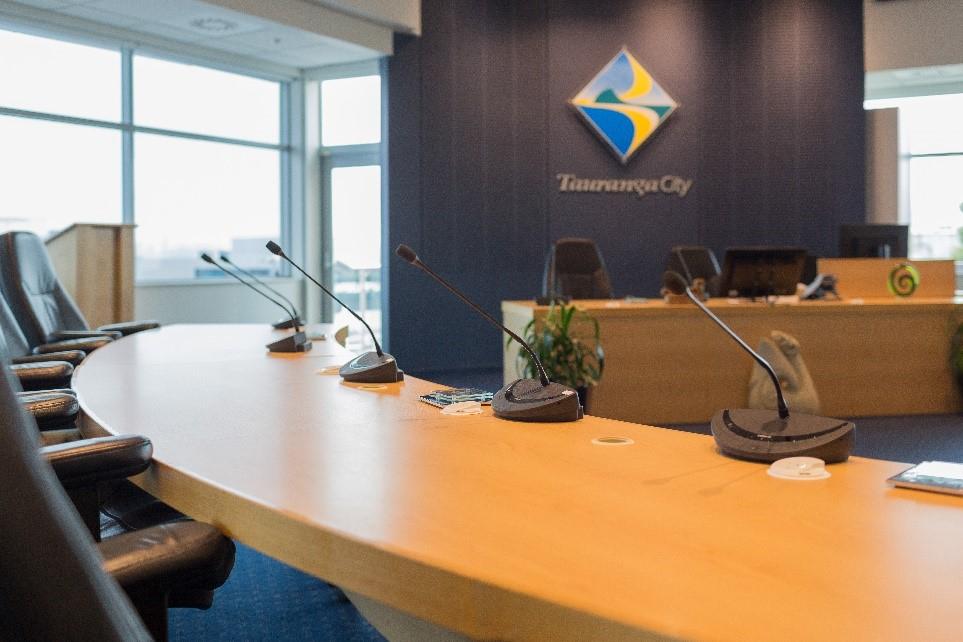
Isaac from Adrenalin Forest Bay Of Plenty
DON'T MISS OUT ON OUR GRABONE DEAL!!
Available for Adrenalin Forest Christchurch, Wellington & Bay Of Plenty.
Come and Support a Local Business this Weekend!
Adrenalin Forest New Zealand HQ
DON'T MISS OUT ON OUR GRABONE DEAL!!
Available for Adrenalin Forest Christchurch, Wellington & Bay Of Plenty.
Come and Support a Local Business this Weekend!
Devan from Smart Express Tauranga
Now in Hamilton. 2 man van delivery services 6 days a week in Hamilton and the wider Waikato region. Call us now on 07 22 22 555

Give us a call to set up an obligation-free, cost-free curriculum evaluation so that we can get the year back on track for your children.

Owner from Curtain Clean BOP Ltd
- AN EDUCATIONAL YARN -
As well as focusing on the aesthetic and functional needs of interiors, it is important to understand that all fabrics have different qualities and constructions which can be affected by the environments they are installed in. In our next topic for our blog series – … View more- AN EDUCATIONAL YARN -
As well as focusing on the aesthetic and functional needs of interiors, it is important to understand that all fabrics have different qualities and constructions which can be affected by the environments they are installed in. In our next topic for our blog series – An Educational Yarn - we look at these common issues and how we can increase the lifespan of textiles in our interior applications.
- STABILITY & MOVEMENT -
Best choice: Polyester, acrylic, cotton and blends
Caution: Silk, linen, viscose in lightweight constructions.
Fabric stability is particularly critical for curtains and blinds and while a degree of tolerance is essential because all fibres expand and contract as a result of atmospheric changes, some fibres are more affected than others.
Generally fabrics alter in length when they absorb or release moisture. Fibres that release a lot of moisture will obviously ‘move’ more. Most natural fibres absorb moisture readily, which is why they are used for towels etc. Synthetic or man-made fibres have very poor absorption which can make them uncomfortable to wear, but in furnishings they ‘move’ less. However, other factors must also be taken into account such as location, for example the proximity to the sea.
As sea air is heavy with salt, being anhydrous (it absorbs water), when this adheres and settles amongst the fibres, this will naturally attract moisture and this will cause additional weight.
- DURABILITY / PILLING -
Though this applies mainly to upholstery fabrics, pilling and abrasion damage can also occur in drapery if there is constant rubbing against walls and frames. Different weaves greatly affect a fabric’s performance, such as the density of weave and the number of floating fibres, but if woven for a situation where strength and abrasion resistance are the prime consideration, then cotton, linen, polyester, nylon, acrylic and wool can make strong and durable upholstery fabrics. Nylon particularly, when even 10% is blended with cotton or linen, produces a far more abrasion resistant fabric.
While the above are guidelines, understanding the properties of fibres will help in discerning their suitability in certain situations.
Many fabrics contain combinations of yarns in order to achieve the best performance and effect.
Abrasion ratings are part of assessing upholstery fabrics, but understanding ratings of tensile seam slippage and pilling is also critical. Quality suppliers with reputable brands and standards will supply only ‘fit for purpose’ products.
- HUMIDITY -
Best choice: Polyester, acrylic
Caution: Cotton, wool, silk, viscose, linen
In humid conditions, bacteria, fungi (mildew) and sometimes moth larvae can create unsightly problems and in some cases totally destroy the fibres. Generally mildew thrives on natural and cellulose fibres e.g. cotton, silk, wool, linen and viscose.
While good air circulation in a room coupled with hanging curtains at least 10 cm from the glass helps, selecting fibres such as polyester and acrylic, which are mildew resistant, is a better option. However, even this may not completely eliminate the problem.
While mildew will not grow on these fibres, it will grow on dust or dirt which may become trapped between the fibres. Regular vacuuming and washing or dry cleaning will help prevent this but in extreme conditions, this is no guarantee. High levels of humidity are the largest contributor to drapery movement.
TIPS: In curtaining, unless the fabric is a sun filter or sheer, it should always be lined. An allowance must be given for a certain amount of movement as a result of atmospheric conditions.
Considering all the different fibre characteristics, the blending of different fibres into yarns and the combining of different yarns into fabrics can overcome many of the disadvantages of specific fibres.
- SUNLIGHT & UV DEGRADATION -
Best choice: Acrylic and polyesters blends
Caution: Silks, wools
While Southern Hemisphere conditions can be so severe that virtually no fabric producer worldwide will guarantee their products at the window, with modern technology, beautiful fabrics are being created which will perform well with long-term satisfaction, even in harsh conditions. Sunlight degradation is one of the prime considerations of curtaining and man-made fibres perform well in resisting damaging rays. The fibre most resilient to sunlight damage is acrylic, followed very closely by polyester. If fabrics made from these fibres do experience colour change, the problem will probably be with the dye or cleaning process, not the fibre.
Of the natural fibres, cotton and linen have quite good sun resistance and again, any colour change here is usually the result of dye or cleaning. However, it is recommended that for Australasian conditions, these fabrics should be protected with a quality lining.
Silk is admired for its beauty and luxury, however it is sensitive to UV damage and affected by even reflected light. The addition of coated linings coupled with bumf will help protect the fabric, although the exposed ‘leading edge’ of curtains will likely still deteriorate. Where possible, it will increase the life of silk curtains if they can be stacked beyond the window.
TIPS: If your client insists on using delicate fabrics make them fully aware of the ramifications of their choice by recording any ‘industry performance’ notations in your quotes. This can save a lot of issues later on.
Leading edges of curtains (those facing the windows) are particularly vulnerable to sunlight degradation. To help minimise this effect, it is recommended that curtains be rotated periodically where possible, i.e. the left-hand curtain swapped into the right-hand position, annually. A quality sun filter is also important where sunlight is directly reflecting on the fabric behind the glass.
Rotate furniture cushions frequently to ensure sun degradation occurs evenly.
Using a synthetic ‘band’ of a contrast fabric down the leading edge will help to protect the curtains and can also be a dramatic design feature.
It is important to have a realistic understanding that all fabrics, regardless of dyestuffs used, will eventually fade/deteriorate under direct sunlight over time. James Dunlop Textiles utilise the best standard dyestuffs, and whilst no warranty can be made as to colour fastness because of our extreme UV conditions, they should perform sufficiently under normal conditions provided proper care is taken.
- GENERAL TIPS -
Fabrics manufactured from natural fibres that are not dyed may suffer from after bleaching, causing lightening or a deepening in colour when exposed to natural light. As this is a natural phenomenon, allowance must be made for this unpreventable colour change reaction. Some yarns, such as silk, are even susceptible to indirect UV rays and every precaution should be taken to protect the fabric by the use of a bumf or interlining as well as conventional lining. Even then, colour degradation may still occur over time.
A superior quality lining is always recommended for drapery applications. Depending on the situation, there are many different linings available e.g. coated linings for added insulation and protection, and three pass blackout linings where light control is a priority such as in children’s bedrooms.
Curtains should be hung at least 10 cm from the glass to enable air to circulate. This helps prevent mildew and reduces heat build-up that will also adversely affect fabrics. Regular cleaning of windows is also very beneficial as this removes mildew spores, which can accumulate and transfer onto curtains.
Depending on fibre content, there will always be some movement in curtain length (the longer the curtain, the greater the variation) due to temperature change and the absorption and release of atmospheric moisture from the yarn of the fabric. This is normal for heavy yarns such as cotton.
To maintain and preserve the lifespan of your furnishings, regular cleaning and maintenance should be carried out. Call Curtain Clean for all your needs on 0800 579 0501.
Te Whare Wānanga o Awanuiārangi
Te Tohu Toi Tangata - Bachelor of Humanities
Meet Christina Nuku who graduated with majors in Indigenous Studies and Policy. Through Awanuiārangi, Christina experienced a 3-month exchange programme at the University of Northern British Columbia in Vancouver, Canada. She shares “the exchange… View moreTe Tohu Toi Tangata - Bachelor of Humanities
Meet Christina Nuku who graduated with majors in Indigenous Studies and Policy. Through Awanuiārangi, Christina experienced a 3-month exchange programme at the University of Northern British Columbia in Vancouver, Canada. She shares “the exchange connected me with the Nisga’a people, First Nations tribal systems, communities and hauora programmes. It informed my studies and opened my mind. It was a genuine privilege to connect with the tangata whenua there, and an opportunity I would never otherwise have had”
“The difference at Awanuiārangi is the whanaungatanga. Our kaiako cultivated a supportive and nurturing environment”. We are now taking enquiries for Semester 2.
Find out more

Communications from Tauranga City Council
Throughout the Covid-19 response, we’ve been able to continue collecting and recycling glass. However hand-sorting wasn’t possible. Now that it’s safe again, our team can go back to hand-sorting glass into different colours at the kerb.
To be able to recycle as much glass as possible … View moreThroughout the Covid-19 response, we’ve been able to continue collecting and recycling glass. However hand-sorting wasn’t possible. Now that it’s safe again, our team can go back to hand-sorting glass into different colours at the kerb.
To be able to recycle as much glass as possible it's super important that you:
• Rinse your bottles and jars and remove lids
• Recycle glass bottles and jars used for food and drink only
• Don’t overfill your crate or add broken glass
• Only use the official blue crates provided
• And put your crate out at 7.30 on your collection day
For more information on glass recycling, visit www.tauranga.govt.nz...
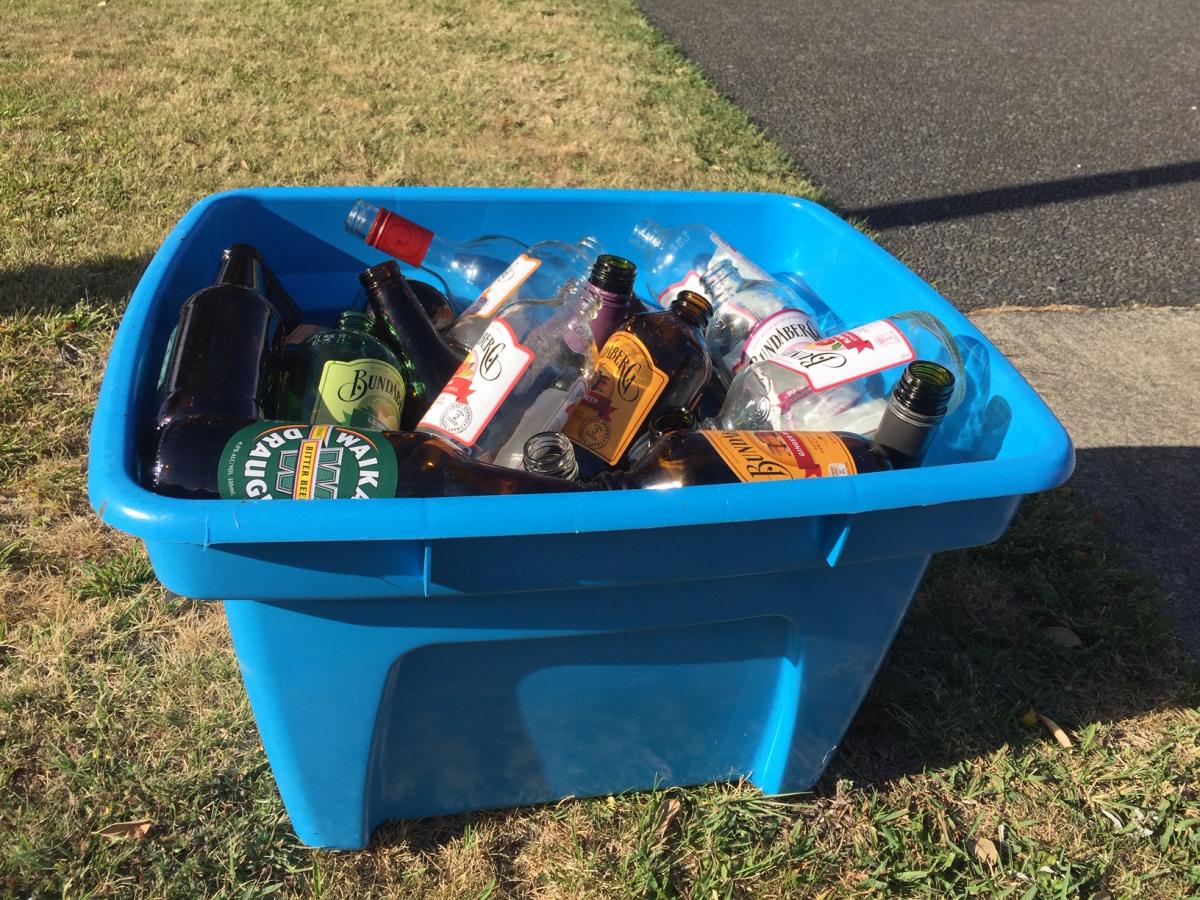
12 replies (Members only)
 Loading…
Loading…
Are you sure? Deleting this message permanently removes it from the Neighbourly website.
 Loading…
Loading…

 $770,000
$770,000



 Marketed by Dan Towers
Marketed by Dan Towers

 By Negotiation
By Negotiation



 Marketed by Brooke Woolsey
Marketed by Brooke Woolsey

 Auction
Auction



 Marketed by Dan Towers
Marketed by Dan Towers

 By Negotiation
By Negotiation



 Marketed by Lisa Crowe
Marketed by Lisa Crowe

 $420,000
$420,000



 Marketed by Michelle Stephenson
Marketed by Michelle Stephenson

 Negotiation
Negotiation



 Marketed by Michelle Hofmans
Marketed by Michelle Hofmans
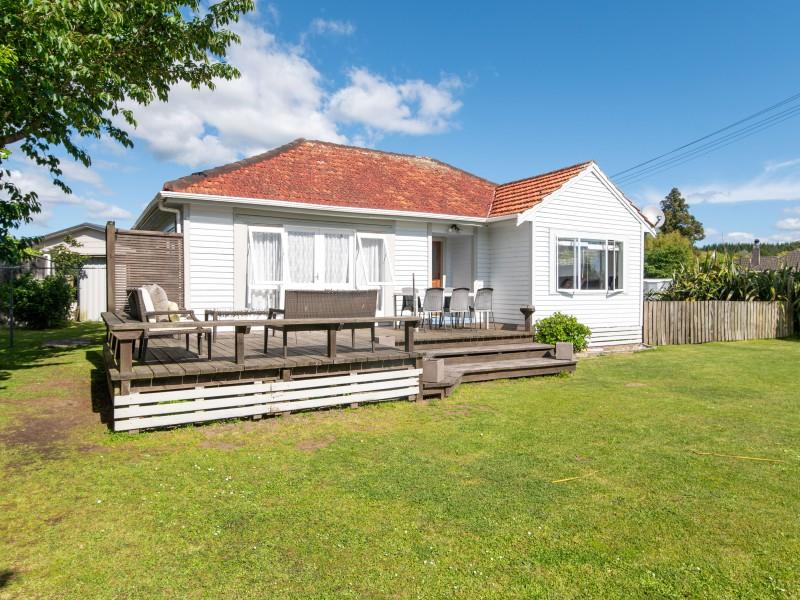
 By Negotiation
By Negotiation


 Marketed by Lisa Crowe
Marketed by Lisa Crowe
© Neighbourly 2024
